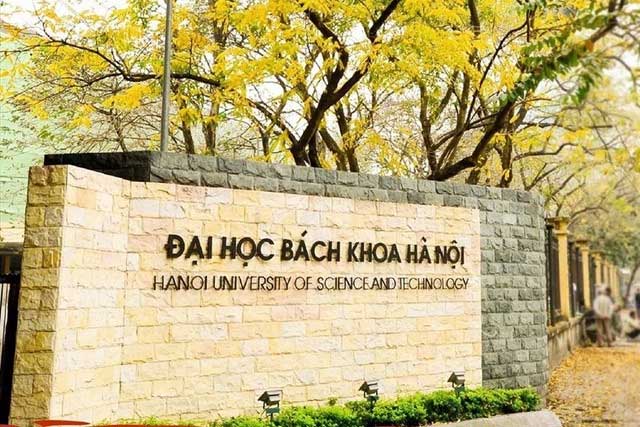To this day, many people still confuse the two terms “university” and “higher education institution.”
On December 2, Deputy Prime Minister Vu Duc Dam signed Decision No. 1512/QD-TTg from the Prime Minister regarding the transition from Hanoi University of Science and Technology to Hanoi University of Science and Technology. It is known that to “remove” the word “school” from its name, this institution has undergone a lengthy preparation process based on the foundation of a large university.
However, after the information was made public, many people expressed confusion as they were unclear about the difference between “Hanoi University of Science and Technology” and “Hanoi University of Science and Technology”. Below is the answer to this question!
What is the difference between “university” and “higher education institution”?
According to the draft law clearly defining the higher education system in Vietnam, it includes: higher education institutions, academies (collectively referred to as universities); universities (which are collections of higher education institutions; affiliated schools) and other higher education facilities in accordance with legal regulations.
Specifically, “higher education institution” refers to an educational facility that trains and researches various fields, organized according to the Higher Education Law of 2012, amended in 2018.
On the other hand, “university” is a collection of multiple higher education institutions. Therefore, a university can encompass many higher education institutions and some other educational facilities. Additionally, a university offers training in various fields, with multiple disciplines within each field. The head of a university is a director, while the head of a higher education institution is a principal.
Thus, in addition to the Vietnam National University in Hanoi, the Vietnam National University in Ho Chi Minh City, and the three regional universities: Da Nang University, Hue University, and Thai Nguyen University, there is now also Hanoi University of Science and Technology referred to as “university” instead of “higher education institution.”

Hanoi University of Science and Technology.
According to the new model, even though the name changes from “higher education institution” to “university,” Hanoi University of Science and Technology remains a public self-governing institution under the Ministry of Education and Training. Accordingly, Hanoi University of Science and Technology will reorganize its structure and operations based on the previous Hanoi University of Science and Technology according to the regulations of the Higher Education Law of 2012 and the amended law of 2018 (commonly referred to as Law 34), along with relevant legal regulations.
The Prime Minister requires that the reorganization must ensure normal operations without causing financial losses or waste of assets.
According to Decree 99/2019/ND-CP, which provides detailed regulations and guidance for implementing certain provisions of the amended Higher Education Law, to transition from a higher education institution to a university, institutions must meet the following conditions:
- The higher education institution must be recognized as meeting quality standards by a legally recognized educational quality accreditation organization;
- It must have at least three schools established according to regulations; at least ten training majors at the doctoral level; and a regular training scale of over 15,000 students;
- There must be approval from the direct management authority for public higher education institutions; and consensus from investors representing at least 75% of total capital contributions for private higher education institutions, which operate on a non-profit basis.
Little-known facts about the world’s smallest prison
What happens when you break an egg underwater?
Discovery of a monster black hole swallowing stars, spewing remains into Earth





















































